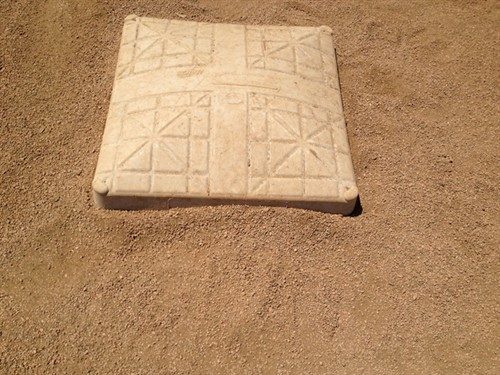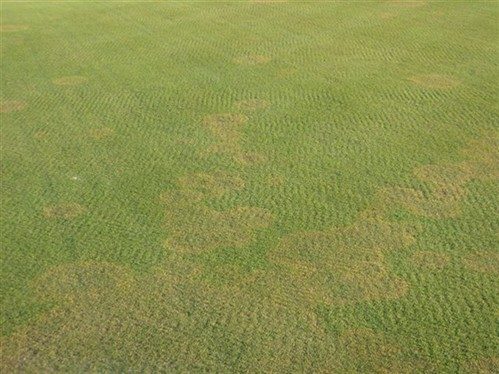Calcined clay is a popular soil amendment used on baseball infields for water management and soil conditioning. Clay is heated at a high temperature, about 1500 degrees Fahrenheit to expand the clay forming calcined clay. On baseball fields calcined clay is used to fill in infield depressions caused by cleats and smooth the surface to provide a true baseball bounce, which contributes to the safety of the field. Calcined clay absorbs water that can help dry a field after a rainstorm, and firm the surface.
Versions of calcined clay include vitrified clay and finely ground calcined clay products. Vitrified clay is similar to calcined clay but in the case of vitirifed clay it is heated to over 2000 degrees Fahrenheit. The end result is vitrified clay will absorb and hold water longer than calcined clay. Many sportsfield managers will combine calcined clay and vitrified clay in various proportions. During wet periods the proportion of calcined clay to vitrified clay will be higher to absorb water quickly and during dry periods the proportion of vitrified clay will increase. During dry periods the vitrified clay holds moisture longer allowing for a little more moisture on the infield surface than calcined clay.
Calcined clay can be ground into a finer product, almost like a powder. Finely ground calcined clay like Rapid Dry can absorb water quickly. It is often used after a heavy rainstorm to absorb puddles of water quickly on the infield. The disadvantage of the finely ground materials is that once the infield dries out it becomes hard and dusty.
The best all round material for water management and infield conditioning for most conditions is calcined clay.
Photograph 1.
One use for calcined clay is to smooth the baseball surface.

Rapid Blight Often Occurs in the Fall
Rapid blight (pathogen: Labyrinthula terrestris) can occur on winter grass (Poa annua) or creeping bentgrass greens. Symptoms appear as irregularly shaped patches of yellow or brown turf ranging from 5 cm to 2 meters in diameter. Rapid blight outbreaks are associated with dry periods in the fall and spring. This disease is predominantly associated with high soil salt or high salt in irrigation water. Creeping bentgrass or winter grass growing on soils with salt readings above 2.7 dS m-1 (Saturated Paste Extraction Method 1:1) are predisposed to this disease. If this disease is a concern, frequent leaching needs to be done this fall to reduce salt levels.
Photograph 2.
Rapid Blight

